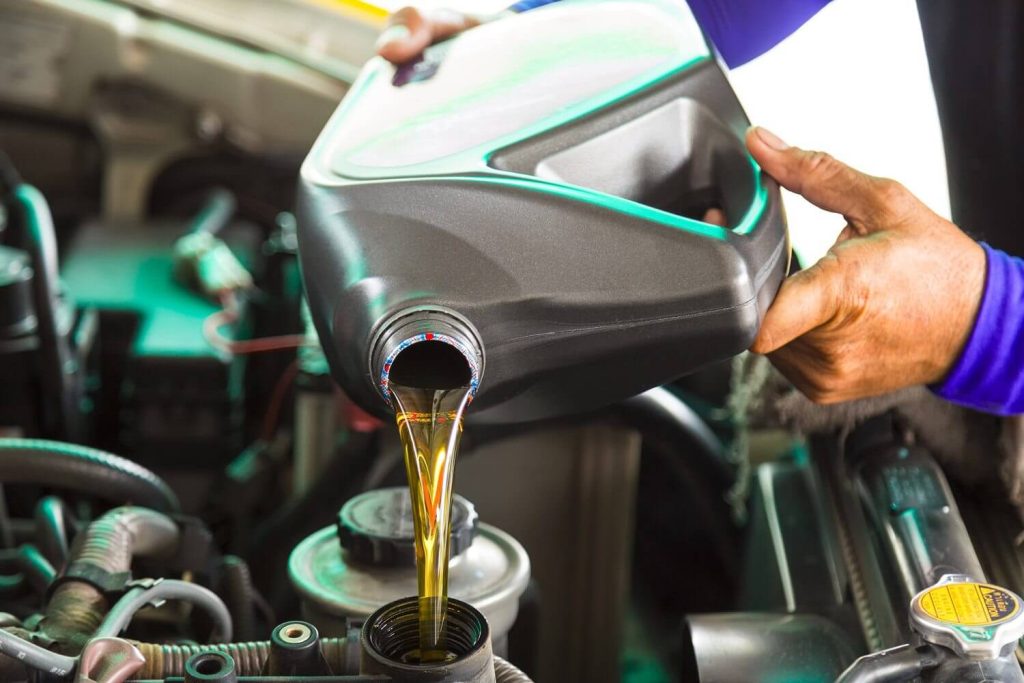Today’s new car buyers can plan to keep their cars a lot longer than their parents did just a couple decades ago. As a sign that cars are lasting much longer than they used to, most new car warranties of the 1980s and 1990s lasted only one year or 20,000 kilometres. Today, some new car warranties can be five times as long, with Mitsubishi, Kia and Hyundai offering bumper-to-bumper warranties for 5 years or 100,000 kkms and Mitsubishi offering a 10 year, 160,000 km powertrain warranty.
Another reason that car owners have for keeping cars longer is that car designs change very little from year to year. While it used to be that a 3 or 5 year-old car looked ‘old’ because newer models were significantly redesigned, today the same basic body design can be around for 10 years or more. Many people driving today grew up in Toronto knowing only a single body style for police cars. The Ford Crown Victoria Police Interceptor changed little during its model run from 1992 to 2011.
But just because cars are lasting longer doesn’t mean you’re getting the maximum life from yours. What’s more, it’s often the maintenance you perform on your car when it’s newer that can help it last years and thousands of kilometres longer.
If you can get more years and mileage from new cars, they also cost a lot more too. So it pays to maintain your car properly from the beginning and to care for it as it ages. The following maintenance tips will help you do just that.
1. CHANGE THE OIL REGULARLY
Regular oil changes are probably the most important maintenance you can do for your car. If you regularly run your car too long between oil changes, it can ruin your gas mileage, cause engine components to warp, and eventually make them wear out.
For older cars, you should change your oil every 5,000 to 7,500 kms. Newer models are made to run longer between oil changes and some can go over 20,000 kms. If you’re not sure about the oil change interval for your car, check your owner’s manual or online for your model and year.
When you change your oil, check other fluid levels too, including your transmission and brake fluids.
2. WATCH YOUR GAS MILEAGE
Some people track their mileage because they like to know how much they spend on gas. But another important reason is to spot unexplained changes in the mileage. Any unusual drop in fuel mileage could be the sign of a problem brewing in the engine. A problem that will not likely take care of itself and will only get worse – and more costly to fix.
3. LOOK FOR SIGNS OF RUST
This might not sound like something that makes your car last longer. What does a spot of rust have to do with how long your motor runs? But, if you spend lots of time and money to keep your engine running in tip-top condition, and don’t pay attention to rust on your car’s body and frame, you might have wasted all of your efforts.
Very often cars have to be junked with perfectly good engines and working parts because excessive rust on body panels and the frame makes the car unsafe to drive and too expensive to fix.
Keep an eye out for rust spots all over your car’s body and try to take at least an occasional look at the underside. There are a number of rust repair kits you can get at automotive retailers that will help you take care of surface spots. If you have significant amounts of rust, or even rust perforation, take your car to an auto body repair shop before you face the heartbreak of having to get rid of a car that runs perfectly well.
From surface repair to expertly making rust perforations disappear, Leon’s Auto Body can help keep your car looking great and on the road for a long time. Give us a call today.

